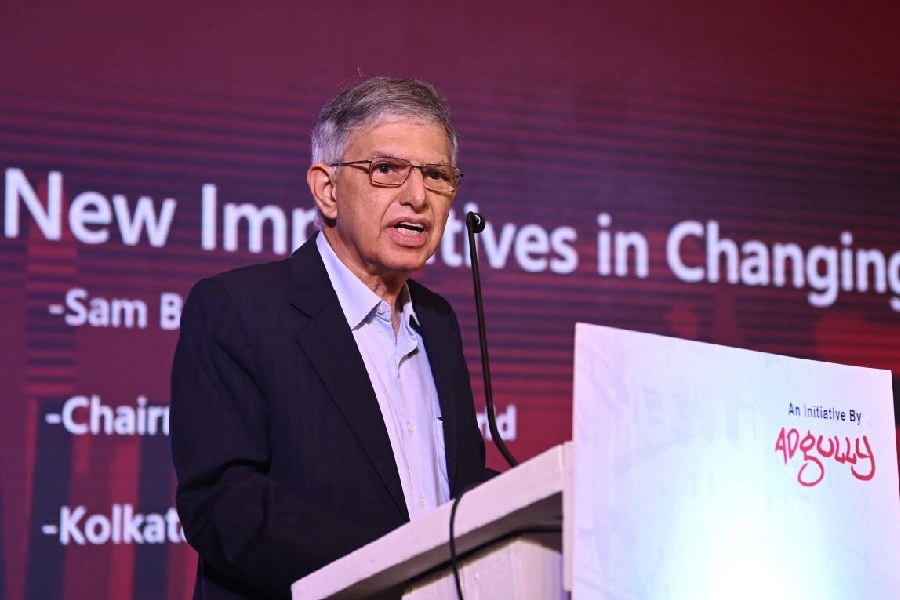The Western marketing playbook is no longer relevant in today’s India, advertising veteran Sam Balsara said at a brand conclave on Friday.
Marketers will need an India-specific playbook to succeed in today’s India, one that would focus on the diversity of the country, he said at the Adgully’s initiative Zee Bangla presents CMOs’ Charcha powered by The Telegraph.
At the programme, which brought together a diverse group of marketers and advertisers, Balsara, chairman of Madison World, delivered a keynote address on “New Imperatives in a Changing India”.
“A unique set of macro factors are driving India’s consumption story. It is no longer relevant for us to adopt the Western marketers’ playbook that Indian marketers are traditionally fed. We need to create an India-specific playbook,” he said.
The playbook must identify markets beyond traditional demographics, embrace regionalisation — which he described as “several mini Indias” inside India — and allocate resources smartly, said Balsara.
His presentation had a slide that showed a map depicting a different fabric unique to different regions of India, from Kanjivaram in Tamil Nadu to the Pashmina in Kashmir.
Balsara, who said Indian consumers were earning and spending like never before, attributed the changing consumption pattern to the rising share of the middle class, growing demographic dividend and a phenomenal growth in digital penetration.
The middle class was 14 per cent of the Indian population in 2005. In 2022, it jumped to 31 per cent and in another 20 years, the middle class was tipped to be half of the Indian population, he said. The number of Internet users galloped from 46 million in 2015 to 692 million in 2020 and was billed to reach 900 million in 2025, he said.
Today, advertisers could not afford to look at television as the digital medium. “The need to be looked at as one audiovisual medium. Marketers must create a strategy to address the audiovisual medium as a whole,” he said.
Print, as a market for advertisers, was still growing in India, he said.
“India and Germany are the only two countries where print is still about 22 per cent of the adex (advertising expenditure) market. The world average is now down to five per cent. Print as a market, though under pressure, is still growing. Because print offers us terrific opportunities for launching a new brand, announcing price reduction or announcing a new variant,” he said.
The need to factor in India’s diversity was highlighted in other sessions as well.
One of them, moderated by Kanchan Datta, the CEO of Inner Circle Advertising and president of the Advertising Club of Calcutta, which partnered with the event, featured Samrat Mukherjee, vice-president, Madison Digital, Mohit Kampani founder of Sumosave Retail, Muralikrishnan L., co-founder of Wow! Momo and Jalaluddin Mondal, chief channel officer, Zee Bangla Cinema.
“India means unity without uniformity and diversity without divisions. Marketers should embrace that,” said Mondal.
Several regional channels are performing better than their national counterparts because of the renewed focus on local markets, he said.
Muralikrishnan said agility, which is integral to the success of start-ups, depends on “how strongly we are listening to our consumers”.
